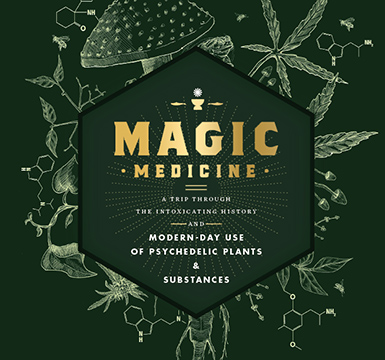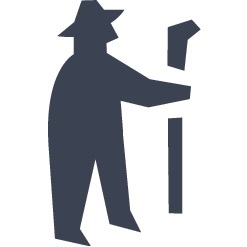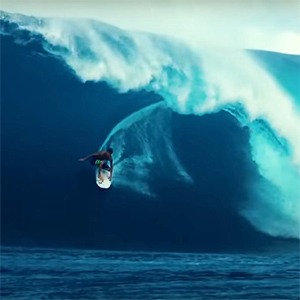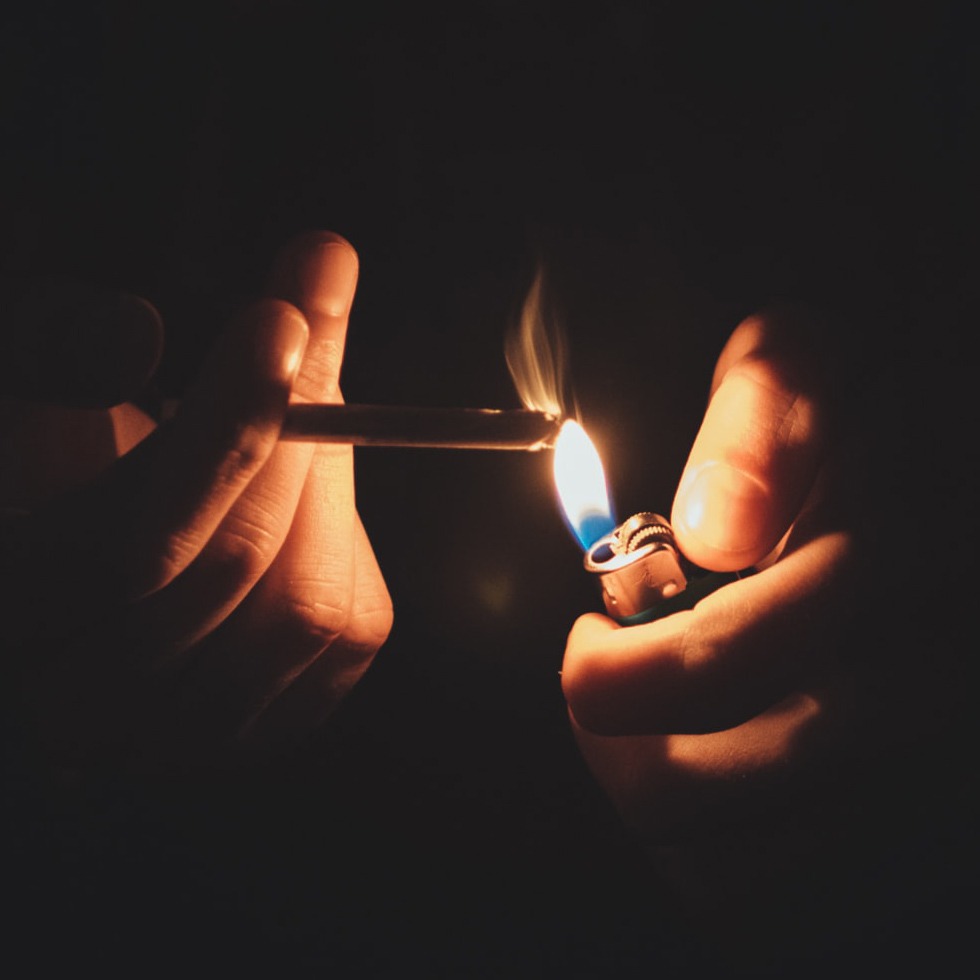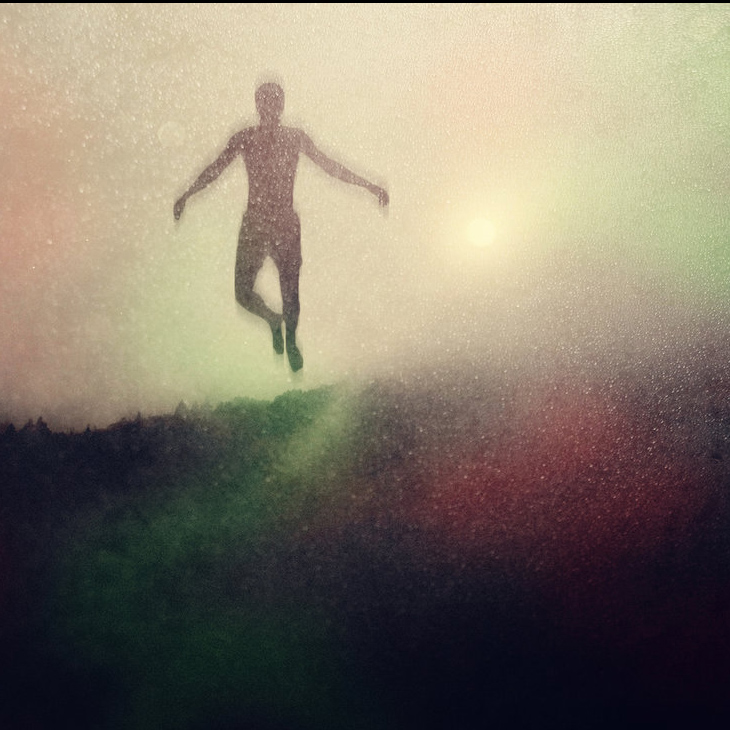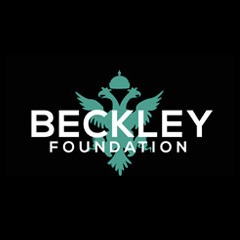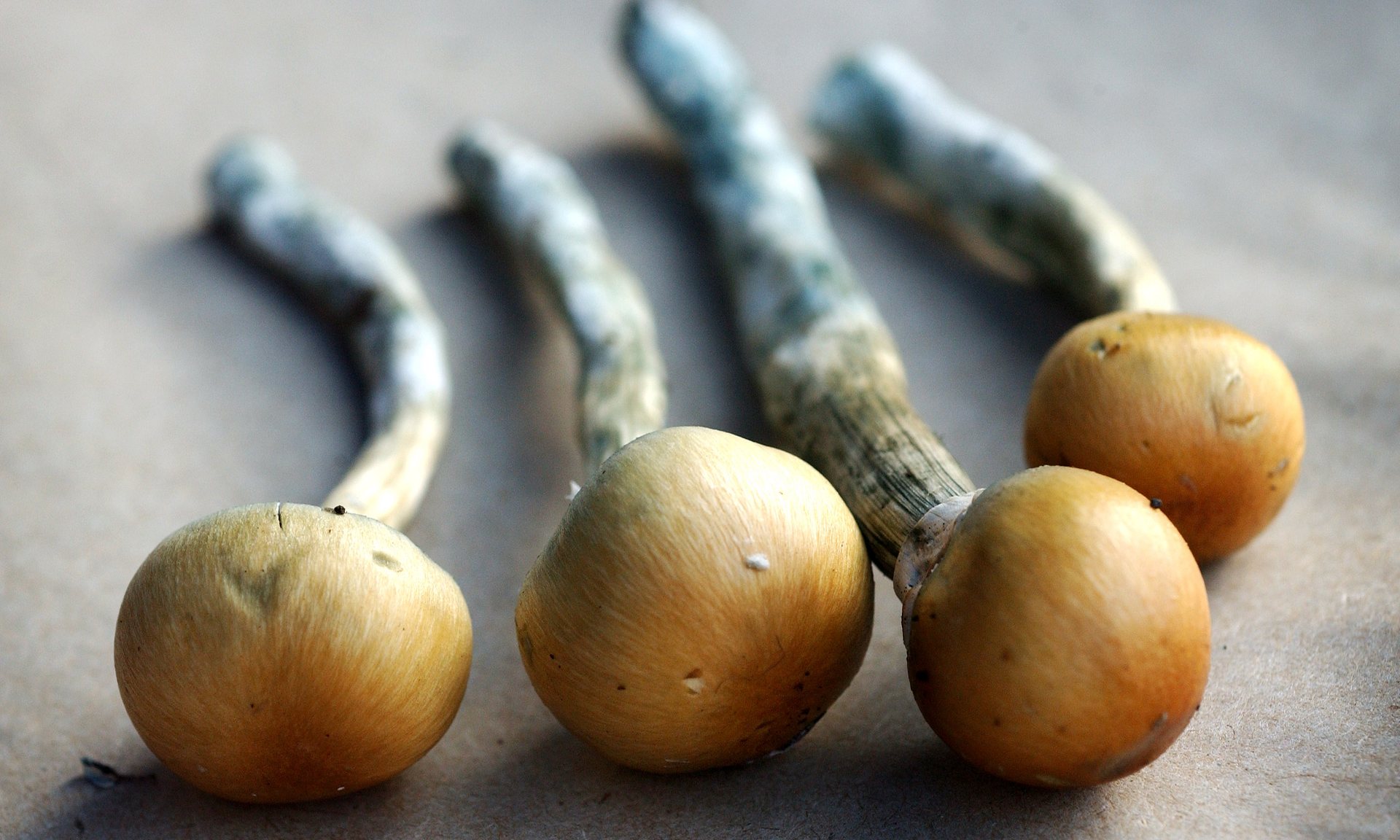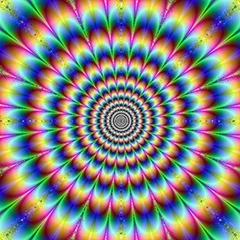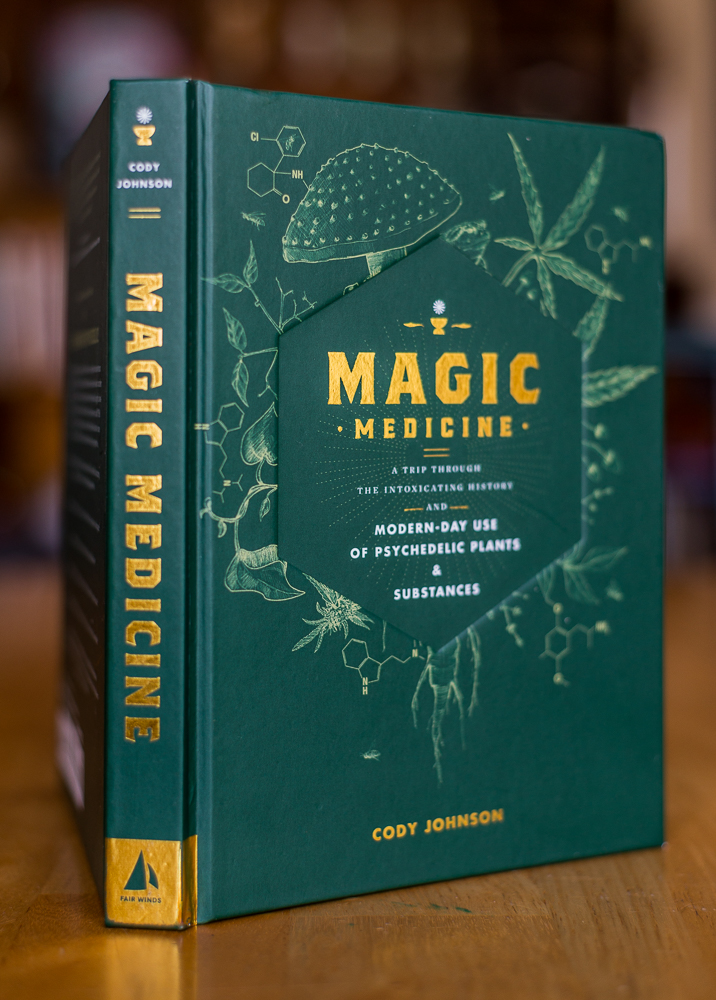“If I Could Change Your Mind,” preached by Reverend Mike Young at The First Unitarian Church of Honolulu on 5 November 1995.
![]()
If, on some Sunday morning, I would step up here into the pulpit and announce to you that I had an experience available to you, that you could come to the church on a given Saturday afternoon and spend with me between six and eight hours and I guarantee — virtually guaranteed at least almost guarantee; well, pretty certainly guarantee; oh, a good chance — that you would experience a total transformation of your own mind, the way you saw yourself, the way you experience the world out there and your relationship to it. How many would be interested? [About a dozen hands went up!]
There are a few adventurers left.
On Good Friday 1962, I was a subject in one of the last legal experiments that were done in this country with psychedelic drugs. Walter Pahnke, a young minister and physician, was working on his Ph.D in Psychology of Religion. His mentors were Richard Alpert, who you know now as Ram Dass, and Timothy Leary, who you know now as . . . well, Timothy Leary. They had observed in doing studies with psilocybin on prisoners at Walpole State Prison in Massachusetts that these almost entirely uneducated prisoners described their experiences under the drug in language that sounded like they had flipped open almost at random the literature of the great mystics of the East and West — a vocabulary that no one had ever dreamed was inside their heads.
Walter said, “We’ve got to test this.” He developed a rather complex and interesting series of questionnaires and trained housewives to administer them. The questionnaires were to be used on written and taped material to determine whether or not the experience was to be categorized as a religious experience. He then collected his subjects. He figured that the group of people who would be most likely to have a religious experience would be a bunch of theological school students. Well, if he’d asked my opinion on that I would have told him that’s probably the last group of people that is likely to have any kind of first-hand religious experience. We’d all been inoculated against it. We gathered at Boston University, Marsh Chapel. Howard Thurman, the Dean of Chapel at Boston University, was doing a Good Friday meditation service upstairs in the main sanctuary of the Chapel. We were downstairs in a small chapel in the basement. There were 20 of us. Half of us got the placebo and half of us got the real thing.
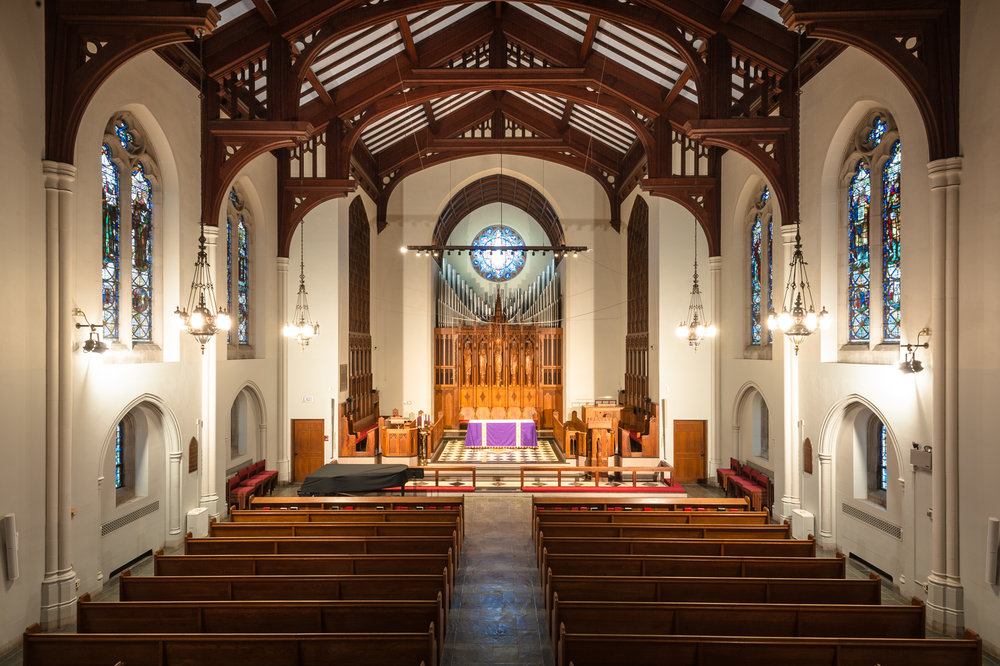
Marsh Chapel, by Randall Armor via CC license
More than 25 years later, a young graduate student named Rick Doblin decided to attempt to do what Walter Pahnke intended to do, which was a 25-year follow-up. Unfortunately Walter Pahnke was killed in an accident and never had a chance to finish all of the follow-ups to this particular experiment. Rick was having difficulty finding all of the participants. Walter Pahnke had been too effective in protecting our identities so that we would not be embarrassed if, one day, as sadly it turned out, it became a bad thing to have ever been involved in such an experiment. I was one of those who had not been particularly quiet about having been involved in that experiment, so I helped Rick locate others. Some of them were still friends of mine. All but one were contacted and that one was not contacted because he is dead. There are limits.
But of the 19 who were contacted, nine of them were placebo receivers and ten the actual drug receivers. Of the placebo receivers, only five are still in the ministry. Of the ten who received the drug, eight are still in the ministry. The difference isn’t statistically significant but it’s interesting. All of us who got the drug, afterwards, except one, said, “Yes, this definitely was a religious experience.” And that one has significantly changed his mind over the years about whether or not that was a religious experience. I know, because that one was me.
[pullquotecenter]These almost entirely uneducated prisoners described their experiences in language that sounded like they had flipped open the literature of the great mystics of the East and West — a vocabulary that no one had ever dreamed was inside their heads.[/pullquotecenter]
For the first time since the mid-60’s, the FDA is okaying research projects again into the therapeutic use of psychedelic drugs with specific groups of people. First of all, with patients facing life-threatening diagnoses. I guess the theory is, you can’t hurt them any more. One of the things that has come out of the preliminary research with terminal patients and psychedelic drugs is that a very large percentage of them experience what they describe as the loss of the fear of death from the drug experience. The second population is those that experience acute pain, intractable pain, pain that simply doesn’t respond to our usual methods of dealing with pain. These folks find that, after a single experience with the drug, dramatically less pain killer is needed. And finally, those afflicted with alcohol and drug addiction are beginning to be used as subjects in these experiments. This is happening not in irresponsible places. It is happening in some of the best research institutions. It is happening in VA hospitals. For example, at the VA hospital in Tampa from where I’ve just come, Dr. Kolb is involved in research with addicts. He was disappointed with me for leaving because he looked forward to my helping with the set and setting for the drug experience in the research.
The preliminary conclusions from the research are really very fascinating. If the research is permitted to continue as it is now rebegun; if the results of the research are as the preliminary indications suggest–big IF because in the middle of the research we might very well find, “Hey, this is a bad idea. Let’s stop doing it;” if, therefore, as a result, terminal patients, intractable pain patients, and addicts begin to be treated with these drugs across the country, several major upheavals are going to occur in this culture. The first one has to do with our attitudes toward drugs.
We simply are virtually unable to make the distinction between differing kinds of drugs. Doctors complain frequently that they prescribe a drug for someone and the person says dumb things like, “No, I don’t want to take the antibiotic. It’s a drug.” We have succeeded in the “just say ‘no'” rhetoric, but sometimes in the queerest places. Physicians across the country are really hesitant to prescribe addictive painkillers to intractable pain patients. Why? Because prescribing “naughty” drugs to people is “naughty.” Now, I don’t know what they think is going to happen if somebody who they know perfectly well is going to die gets addicted to a drug. What is likely to happen when the families and friends and fellow researchers and nurses and treatment teams who have been involved in the therapeutic use of these drugs with people when they see the experience, hear the stories from them, see the life transformations, and say, “Me, too.” This will not be irresponsible kids throwing a fistful of pills on the carpet in a room somewhere and saying, “Grab one and see what it does.” This will be responsible adults who say, “Something about that experience was overwhelmingly life-transforming for my loved one. I want that experience, too.”
[pullquotecenter]It is the opening up of blocked areas that makes an experience religious. It may involve resultant changes in beliefs, but is not about beliefs. In fact, it is more often about shedding beliefs.[/pullquotecenter]
We pastors of every denomination across the country are unprepared for our congregations telling us, “Knock off your stupid, narrow, provincial divisions about whose creed is right. It is the transformation of human life that religion is about, not about beliefs.” And when that happens, my colleagues who have virtually completely bought into the “Just say ‘no”‘ mentality for drugs are going to be in an awful situation.
At the same time, precisely because the very nature of the experience for a great many of those who experience it is inherently a religious experience, the researchers desperately need our input into how to create the set and setting, the expectations and the context that are such a powerful part of determining what the outcome of the experience is. At the moment, any “standard brand” minister who dares to work with a researcher in doing just that, in shaping the set and setting for people who are going to be involved in the experiments, risks losing his or her job. There is not a single denomination–ours included–that does not have very strong, very problematic, ambiguous feelings about this whole issue.
I have insisted that this is a religious experience, and that this is one of the things that is going to be problematic. When I use the phrase “religious experience,” I mean the following kinds of things. I mean an experience, however “POW” or ordinary and mundane, that has the result of reordering your valuing; that turns the world that you have taken for granted a new way opening possibilities for you; an experience that gooses you into transcending your small self. It is the opening up of blocked areas of growing for you, not the “POW” of the experience, that makes an experience religious. It may and often does involve resultant changes in beliefs, but is not about beliefs. In fact, it is more often about shedding beliefs.
The standard model for the experience is that one is experiencing some real and acute conflicts. Some place on your insides are two things that say, “yes, yes, yes” and “no, no, no.” You cannot say both, be both, live both at the same time. The conflict is about something that is real enough to put you in significant turmoil. In the process of letting yourself really experience those contradictory desires, you are driven into what is referred to in the literature as “the dark night of the soul.” Some place in that dark night of the soul there is a twist, a change, a movement, a light comes on or something slips. What once was a conflict has opened at another level and the impasse is gone. The result is experienced as ecstasy.
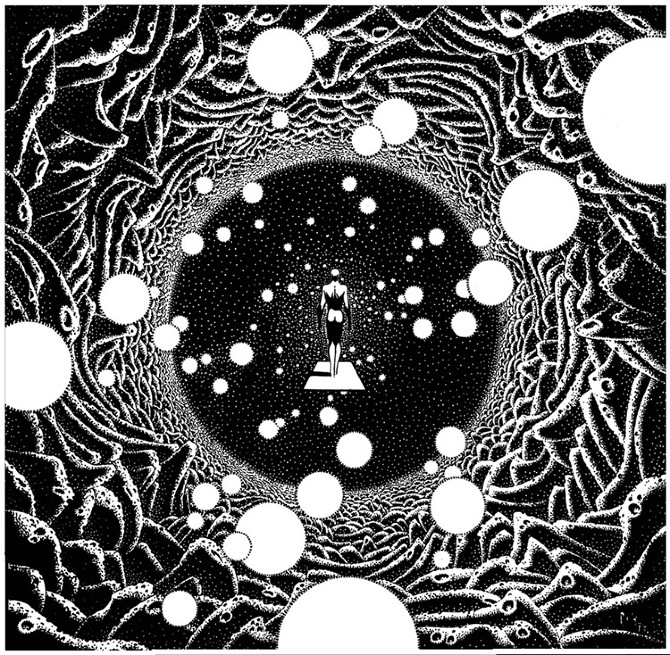
Art by Philippe Caza
[pullquotecenter]Bad acid trips were as much from the lack of religious preparation as anything else. When users found themselves with their ego dying they panicked. Nobody had ever told them that the dark night of the soul is a normal experiences for those who really stand naked before the universe and themselves. [/pullquotecenter]
The heroine of Tom Robbins’ “Another Roadside Attraction” says, “I’m only interested in three states of consciousness. I’m interested in amnesia, euphoria and ecstasy.” Amnesia is when you don’t know who you are and desperately want to know. Euphoria is when you don’t know who you are and don’t care. Ecstasy is when you know exactly who you are and still don’t care.”
Psychedelic drugs appear to have the potential to facilitate this experience. The religious experience, drug related or not, is not the end. It is pathless. It is a “goose.” It is a grabbing and shaking, but you still have to do something with what happens there, with the vista that was opened, with the possibility that became available. The proof of the experience is in the fruits, not in the size of the “POW” that goes with it.
What a wonderful irony to all of this: at the moment it is completely illegal for a religious leader to administer a religious experience to you in this way. But it is quite legal for a scientist to administer a religious experience to you in this way. The irony of it has many, many levels. The first piece of the irony, for me, is that we have indeed made the scientists the high priests of our technological society. Those same high priests are now finding that they are in fact going to have to learn how to be priests for real. Many of them are acutely aware of their own inadequacies. They are aware that they are not liturgists, that they are not poets of the human spirit. That sensitivity is what will be needed to provide the language and the imagery for people to begin to be able to use the experience the drug can provide.
There are a couple of real drawbacks in the religious experience that the drug can provide. One of them is that people come back from the experience with whatever language it was that they found themselves experiencing their experience in given cosmic authenticity. That language becomes the truth, because of the power of the experience.
Frequently, in the old days, the bad acid trips were as much from the lack of religious preparation as anything else. When users found themselves with their ego dying they panicked. Nobody had ever told them that the dark night of the soul is a normal experiences for those who really stand naked before the universe and themselves. Nobody had told them that they were going to experience being one with the universe. Not just think they were, or come to believe it, kind of. Rather, they were going to experience in the corpuscles of their being that there was no boundary between where “I” stops and the universe begins. That can scare you to death! How do we prepare people for some of those kinds of experiences?
[pullquotecenter]What a wonderful irony to all of this: it is completely illegal for a religious leader to administer a religious experience to you in this way. But it is quite legal for a scientist to administer a religious experience to you in this way.[/pullquotecenter]
The challenges that the whole issue raises for us are fascinating. Over the next ten years it’s going to get really interesting. Religion as you and I know it is going to get shaken badly, and the culture’s notions as to how we respond appropriately to the very real dangers of drugs, emphasis there on “respond appropriately,” is going to be shaken as hard or harder.
A final illustration of the craziness of this world and of this particular issue. The FDA has recently OK’d the research protocol for some research on the therapeutic uses of marijuana. For the physical wasting that goes with AIDS and some cancers, the pain and acute nausea that often comes with chemotherapy, marijuana is one of the few drugs that can be used without serious side effects. The FDA has given the clearance for the research project. This is a double-blind experiment heavy with all the protections and protocols of a properly done scientific experiment. There is only one legal source for marijuana to be used in the experiment and that is the plot in Mississippi run by the U.S. government under DEA control. The head of the DEA says, “Nope, I won’t turn loose any marijuana until there is some proof that marijuana has some therapeutic effect.” So you can’t do the research to find out if marijuana has any therapeutic effect until there is some proof that marijuana has some therapeutic effect, and government runs around chasing its tail in wonderful self-contradictory circles.
If the research in the therapeutic use of these substances moves along anything as we expect it to, and if it produces the fruits clearly spiritual in import as expected; those of us in the the existing religious communities are going to have to respond. The continued response to these substances as naughty in the face of their spiritual transformative power with the dying, for example, simply isn’t going to fly. Those of us with expertise in creating positive and transformative liturgical experiences need to learn how to do that with these substances as well, or abandon the field to those with an orientation problematic at best and potentially destructive at worst.
Yet, I am painfully aware of how fragile social institutions are, and how difficult it is to create them out of whole cloth. If I am right about the virtual inevitability mentioned above, we will desperately need poet-liturgists and pastor-spiritual directors trained and experienced in creating the appropriate set and setting and follow-up support and guidance. We need this for the people afflicted with alcohol and drug addiction, suffering with pain and those facing life- threatening diagnosis–to say nothing of the normal people for whom this will open the way. As someone said, “You can’t unring the bell,” to which I add, then we’d better become skilled bell ringers.
![]()
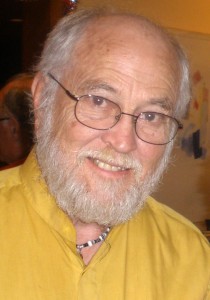
Rev. Mike Young is a retired Unitarian Universalist Minister. He has served congregations in Palo Alto, CA, West Los Angeles, Tampa, FL, and Honolulu, HI among others. While in theological school, he was recruited to be a subject in the 1961 Marsh Chapel Good Friday experiment to see if psychedelic experience was a religious experience. Conclusion: yes.
Liked this post? Subscribe to my RSS feed to get much more!

